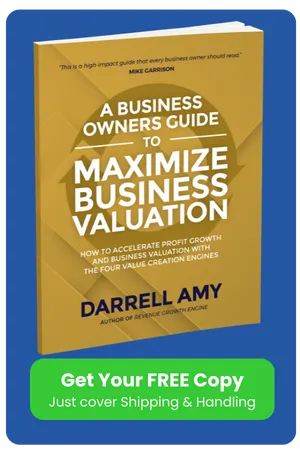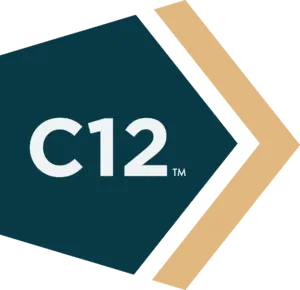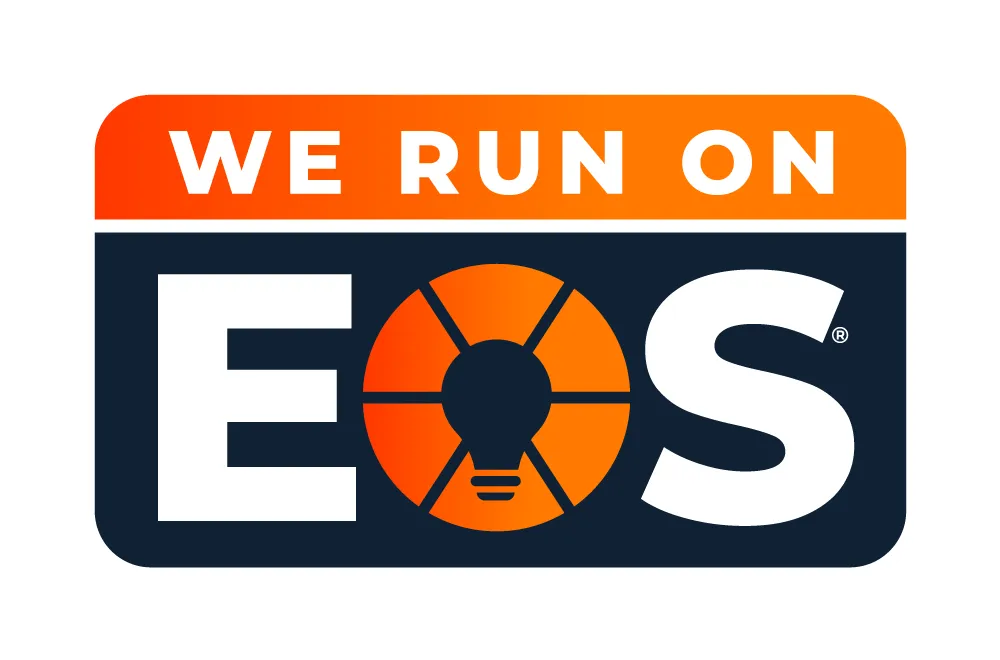
The 3 Gaps Every Business Owner Must Close to Secure Their Financial Future
For most business owners, 80% of their personal wealth is tied up in their business. This is a staggering figure, yet many entrepreneurs don’t take the necessary steps to understand or optimize the value of their most important asset. Sure, they may have invested in retirement accounts or real estate, but the business itself remains the financial engine driving their future.
Here’s the problem: most business owners don’t know the answers to three critical questions:
What do I need the business to be worth to hit my goals?
What is the business worth today?
What could it be worth if optimized?
Shockingly, nearly half (48%) of small and mid-sized business owners have never had their business formally valued, according to a 2022 survey by UBS Global Wealth Management. Even among those who have conducted a valuation, fewer than 10% updated it in the last year.
Failing to know the answers to these three questions can leave you unprepared for the future, whether you’re planning for retirement, considering an unsolicited offer, or positioning your business for growth.
“Building a valuable business requires intentionality. You can’t rely on the market to define your worth—you need to be in control of the outcome.” (Darrell Amy, A Business Owner's Guide To Maximize Business Valuation)
Let’s explore these three gaps in detail and how to bridge them.
Wealth Gap: What Do I Need the Business to Be Worth to Hit My Goals?
Every business owner will sell their business someday—planned or unplanned. It could be due to retirement, divorce, disability, disagreement with a partner, or even because an interested buyer makes an offer that feels impossible to refuse. Regardless of the circumstance, you need to be prepared.
Your Wealth Gap is the difference between the total value of your personal assets (retirement savings, real estate, cash-value life insurance, and other investments) and the amount you need to achieve financial freedom.
For example:
Let’s say your retirement (or financial freedom) income goal is $400,000 per year.
Using a conservative 5% return on investments, you would need $8M after-tax from the sale of your business ($400,000 ÷ 0.05).
If you currently have $3M in retirement accounts and an $800,000 building, your Wealth Gap is $5M ($8M - $3M).
But this is just the baseline. Many business owners have goals beyond their personal income. You may want to:
Set aside $2M to pay for your grandchildren’s education and help them with home down payments.
Create a $10M Donor Advised Fund to leave a legacy and distribute $500,000 annually to your favorite charities or nonprofit causes.
In this scenario, your true Wealth Gap becomes $17M.
As A Business Owner’s Guide to Maximize Business Value explains, “Without a clear understanding of the Wealth Gap, it’s easy to underestimate what’s required to achieve your personal and financial goals.”
If you haven’t discussed your Wealth Gap with your financial advisor, make it a priority. Knowing this number will give you clarity and help you create a plan to achieve your income, impact, and legacy goals.
Value Gap: What Is the Business Worth Today?
Once you’ve determined your Wealth Gap, the next question is: What is your business worth today?
Continuing the above example:
If your Wealth Gap is $5M to $17M, and your business is currently worth $6M, you now know how much work you have to do. To achieve your goals, your business needs to be worth between $8M and $17M after taxes and selling expenses.
Unfortunately, most business owners don’t have an accurate understanding of their company’s value. And even those who do often don’t realize how quickly that value can fluctuate.
According to a 2023 Harvard Business Review article, businesses that regularly assess and optimize their value tend to sell for 20%-30% more than their counterparts who don’t.
There are several ways to value a business, but for mid-market companies, a market-based approach is often the most practical. Why?
It provides insight into current market conditions and shows what comparable businesses in your industry are selling for.
It reveals opportunities to improve the value of your business, giving you actionable insights to bridge the gap.
As noted in A Business Owner’s Guide to Maximize Business Value, “Valuing your business isn’t just about the number—it’s about uncovering the levers you can pull to make your business more valuable, scalable, and sellable.”
To discover the value of your business, consider hiring a professional valuation expert. This will not only help you identify your current Value Gap but also provide a roadmap to close it.
Profit Gap: What Could the Business Be Worth?
Finally, ask yourself: What could your business be worth if it performed at the level of best-in-class competitors?
Let’s use an example:
Your business generates $10M in revenue and brings 10% ($1M) to the bottom line.
After researching industry benchmarks, you find that best-in-class competitors achieve 15% margins.
If your business operated at 15% margins, you would generate $1.5M in profit instead of $1M.
Now, let’s assume the industry multiple is 6x EBITDA. That extra $500K in profit would increase your valuation to $9M ($500K x 6). Of course, with a higher net margin, buyers might be willing to pay a higher multiple for a well-run business with less perceived risk. So, the multiple might grow from 6x to 8x EBITDA. Now the business is worth $12M ($1.5M EBITDA X 8). That's exciting!
“The most valuable businesses don’t just grow revenue—they grow profitably. Scaling profit is the single most powerful driver of business value.” (Darrell Amy, A Business Owner's Guide To Maximize Business Valuation)
And that’s just by improving profitability. If you can also grow revenue while maintaining or expanding margins, the impact on your valuation could be even more dramatic.
Conclusion
Every business owner should know three numbers:
What you need your business to be worth (Wealth Gap).
What your business is worth today (Value Gap).
What your business could be worth if optimized (Profit Gap).
Yet, as a UBS Global Wealth Management survey revealed, 48% of business owners have never conducted a formal valuation. Worse, most who have done so fail to keep it updated. This lack of awareness can leave you unprepared for growth opportunities, financing needs, or unexpected sale offers.
Don’t be part of that statistic. Take control of your business’s value. Contact us to get a market valuation, create a plan to close the gaps, and work with experts to maximize the worth of your most important asset.
As A Business Owner’s Guide to Maximize Business Valuation emphasizes: “You only get one chance to exit your business on your terms. Be intentional, be proactive, and make the most of the opportunity.”
The time to act is now. Whether you’re years away from selling or considering a sale soon, knowing these three numbers will empower you to make confident, informed decisions about your business and your future.
Originally published on Darrell Amy's LinkedIn.







